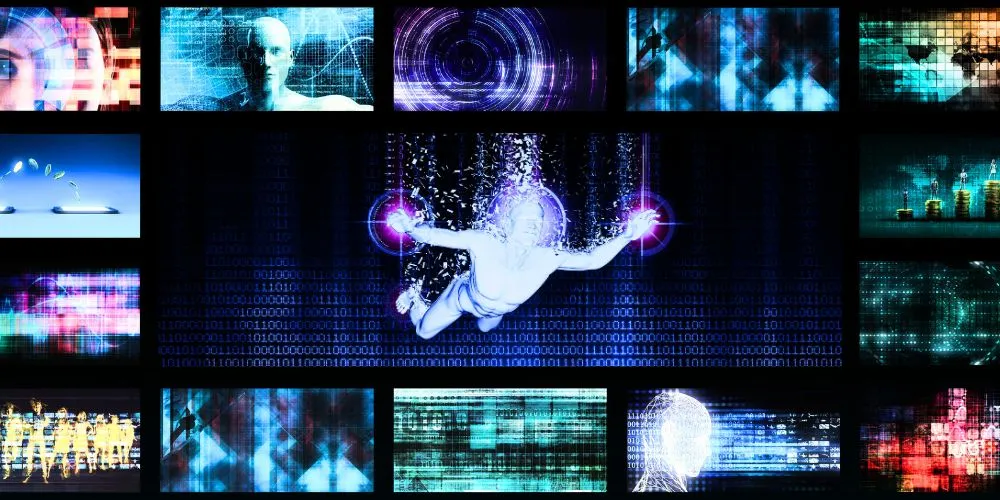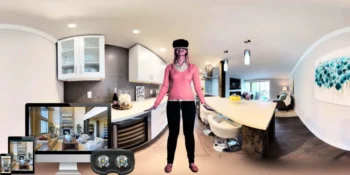Key Points:
- Immersive media, including AR, VR, and holographic displays, is set to redefine digital interactions.
- Augmented reality applications will become integral to daily life, enhancing navigation, gaming, and more.
- Virtual reality’s evolution goes beyond gaming, finding applications in training, healthcare, and collaborative workspaces.
- Holographic displays bring lifelike virtual elements into physical spaces, transforming visual communication.
Immersive media is emerging as the next frontier in the rapidly evolving landscape of technology. From virtual reality (VR) and augmented reality (AR) to advanced holographic displays, immersive media technologies are poised to revolutionize entertainment, education, and communication.
One of the most anticipated developments is the mainstream adoption of augmented reality. With AR, digital information is seamlessly integrated into the real-world environment, enhancing our perception and interaction with the surroundings. From interactive gaming experiences to hands-free navigation, AR applications are set to become an integral part of our daily lives.
Virtual reality, another pillar of immersive media, is transcending the realm of gaming and entertainment. VR devices transport users to virtual worlds for realistic simulations, training scenarios, and collaborative workspaces. As the technology becomes more sophisticated, industries ranging from healthcare to architecture are exploring innovative applications for VR.
Holographic displays are also making strides in immersive media. Imagine interacting with lifelike holograms that appear in the physical space around us. This technology has the potential to revolutionize visual communication, allowing users to participate in virtual meetings with a sense of presence and realism previously unimaginable.
The advent of 5G technology is a key enabler for the widespread adoption of immersive media. With faster and more reliable connectivity, users can seamlessly stream high-resolution content, engage in real-time AR experiences, and participate in VR collaborations. The synergy between immersive media and 5G creates an ecosystem where data-intensive applications can thrive, opening up new possibilities for innovation.
Educational institutions are leveraging immersive media to transform traditional learning methods. Virtual classrooms, interactive simulations, and immersive historical experiences enhance students’ engagement and understanding. The ability to visualize complicated concepts in a three-dimensional space is proving to be a game-changer in education.
In the entertainment industry, immersive media is pushing the boundaries of storytelling. Virtual reality films and augmented reality-enhanced live performances provide audiences with captivating and interactive experiences. Content creators are embracing these technologies to craft narratives beyond traditional mediums, offering audiences a more immersive and participatory form of entertainment.










